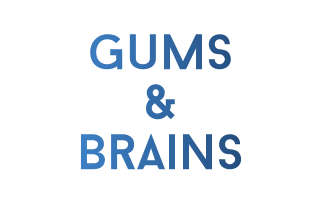Mass spectrometry has become a prominent technique in biological research for the identification, characterization, and quantification of proteins. In WP1 mass spectrometry methods will be implemented to identify and quantify peptides derived from P. g in different tissue samples (blood, brain, gingivia, cerebral fluid).


 Web Content Display
Web Content Display
Web Content Display
Web Content Display
